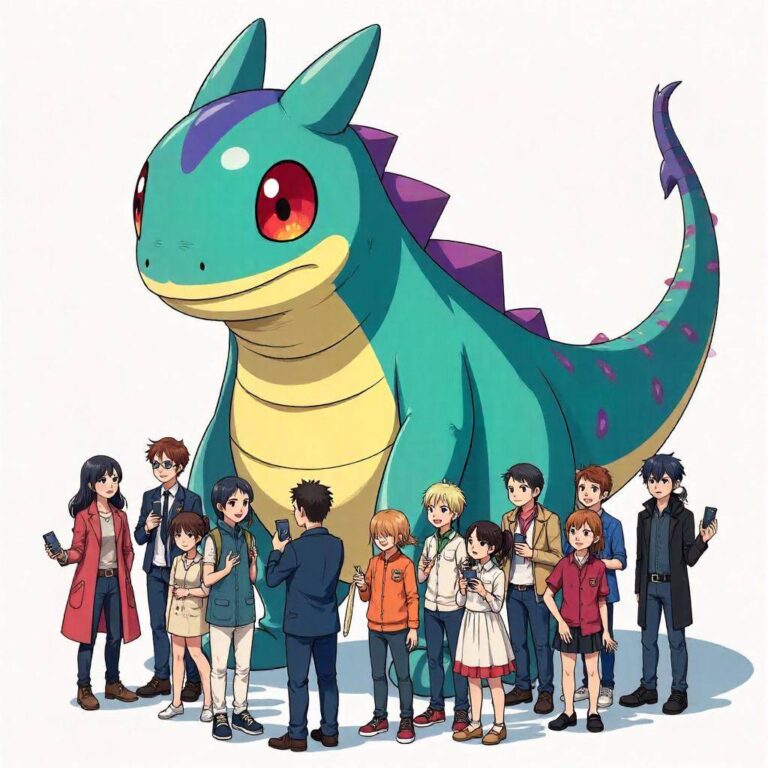Question from a reader:
I have a question about the colorization of Godzilla. I believe the copyright period has expired, so why is colorization considered illegal?
Colorization of Godzilla and Copyright Law: A Legal Perspective
Hello! As someone who loves comedy and is well-versed in the entertainment industry, I’d like to discuss a somewhat complex legal topic today. Specifically, the issue
of colorization concerning everyone’s favorite, Godzilla. Since there was a question about this, I’ll talk about it from a legal standpoint.
What is the Colorization of Godzilla?
Godzilla, that giant monster, transitioned from black and white films to color a few years after the original movie in 1954. This colorization is closely related to technological innovations in the film industry. However, fans often wonder, “What does this mean from a copyright perspective?” If colorization is carried out, what is its legal standing? While it’s a wonderful attempt to breathe new life into the original film, it becomes a bit complicated from a copyright viewpoint.
Basic Knowledge of Copyright Law
First, let’s briefly explain copyright law. Under Japanese copyright law, works are protected for 70 years after the death of the author. This means that copyright expires 70 years after the author’s death. The creators of Godzilla, director Ishirō Honda and the screenwriters, have already passed away, but the rights related to the character and the films are still protected today. Specifically, copyright protects the “expression” of a work, while rights concerning the character itself (such as trademark rights and character rights) are protected under different laws. In other words, even if the rights to the film have expired, as long as rights concerning the character exist, colorization could still be considered illegal.
Reasons Why Colorization of Godzilla is Considered Illegal
So, why is colorization deemed illegal? The issue involves not only copyright but also trademark rights. For instance, if colorization occurs, it may be regarded as a new work distinct from the original film. In this case, the original copyright holders or the companies that inherited those rights (such as Toho) can assert rights over this new work. Here, the concept of “adaptation rights” becomes important. Adaptation rights refer to the right to create new works based on existing works. Since colorization adds new expression to the original work, it is highly likely to infringe upon adaptation rights. Even if only the colors of the original film are changed, it can still be viewed as a new work, thus requiring permission from the rights holders.
Specific Examples and Personal Opinions
Now, let me continue with my experiences. Previously, when I watched a remake of a film, it featured original characters, but their colors had changed dramatically. I don’t know the circumstances under which that work was produced, but I found myself wondering, “Did the original copyright holders approve this?” In the entertainment world, respect for original works is crucial. Especially concerning a national character like Godzilla, the companies holding the rights will likely be cautious. As a fan, I also feel a bit uneasy about unauthorized colorized works circulating.
Possibilities for Colorization and Future Prospects
Now, does that mean colorization of Godzilla is completely impossible? Not necessarily. In practice, colorization can occur with the agreement of the rights holders. This often takes the form of a “licensing agreement.” There are cases where rights holders become interested in new projects and colorization is realized in a way that benefits both parties. In my own work in the entertainment industry, I frequently witness such rights negotiations. To build a mutually beneficial relationship, solid contracts are necessary, and actions must be taken with an understanding of the law.
Conclusion: Considering Copyright and Colorization
Ultimately, the reason colorization of Godzilla is considered illegal involves the interplay of copyright, trademark rights, and adaptation rights. Adding new colors to the original work is appealing, but it requires agreement from the rights holders. As fans, while we want to enjoy Godzilla in various forms, we should also remember to respect the original works. Entertainment is the culmination of the thoughts and efforts of many people, so deepening our understanding of the laws and rights behind it can lead to a better future. When enjoying Godzilla and other works, I encourage everyone to think a bit about the laws and rights that underlie them. I will continue to follow developments in the entertainment industry and share new information. Until next time, see you in the next blog!



